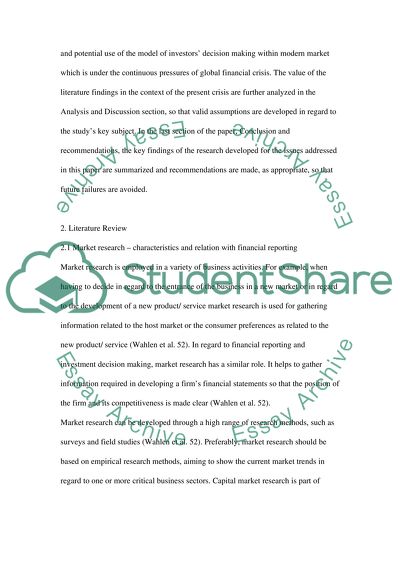Cite this document
(“In the context of capital market research what is the importance of Literature review”, n.d.)
In the context of capital market research what is the importance of Literature review. Retrieved from https://studentshare.org/finance-accounting/1465995-in-the-context-of-capital-market-research-what-is
In the context of capital market research what is the importance of Literature review. Retrieved from https://studentshare.org/finance-accounting/1465995-in-the-context-of-capital-market-research-what-is
(In the Context of Capital Market Research What Is the Importance of Literature Review)
In the Context of Capital Market Research What Is the Importance of Literature Review. https://studentshare.org/finance-accounting/1465995-in-the-context-of-capital-market-research-what-is.
In the Context of Capital Market Research What Is the Importance of Literature Review. https://studentshare.org/finance-accounting/1465995-in-the-context-of-capital-market-research-what-is.
“In the Context of Capital Market Research What Is the Importance of Literature Review”, n.d. https://studentshare.org/finance-accounting/1465995-in-the-context-of-capital-market-research-what-is.


